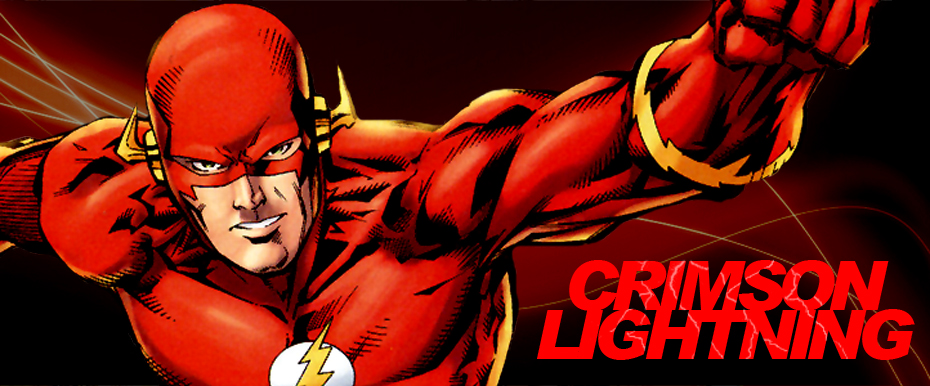
Abra Kadabra has always been obsessed with applause, craving acclaim and endless attention from the very men and women he ultimately victimizes. The vainglorious villain's peak in popularity, no doubt, was attained during the aforementioned Mark Waid era, in which he served as a recurring arch-nemesis for Wally West. For those looking for a thrilling first-time encounter with Kadabra, reach for a copy of The Flash (v.2) #67, or immerse yourself in the convoluted but mesmerizing "Dark Flash Saga." (Beyond the works of Mark Waid, DC First: Superman/Flash, by Geoff Johns and Rick Burchett, provides and even more accessible introduction to the character.) Never was this singular supervillain more demented, more dangerous, more wonderfully engaging.
Kadabra is as charismatic as he is insane and it's clear he'll remain a mainstay of our hero's illustrious Rogues Gallery far into the future. Blink and you'll miss his fleeting off-screen appearances in The Flash: Rebirth, but that shadowy back-stage puppetry is nonetheless truly foreboding. No one spins a myth-arc like Geoff Johns, and a decisive conflict involving the mad magician speedily approaches. Johns has made it clear that he regards the Flash as a superhero who is integrally associated with time, and a clash between the crimson comet's time-traveling foes seems a tantalizing inevitability. We haven't seen the last of Abra Kadabra...

I chose to transform Crimson Lightning for the month of May, dedicating most of our regular features to my personal favorite of the Flash's Rogues, to pick up the pace a little, so to speak, to change things up. And, after a month of amusing ourselves with panels and pages from Abra Kadabra's memorable appearances throughout the years, it seems as if our first Rogue Spotlight was a success. Considering the size, diversity, and sheer success of the crimson comet's all-but unrivaled Rogues Gallery, it's only natural that the Rogue Spotlight be adopted as a regular feature. Don't be surprised if you see another infamous supervillain taking over the blog someday soon.
The question is, which of the Rogues should seize the spotlight next?




